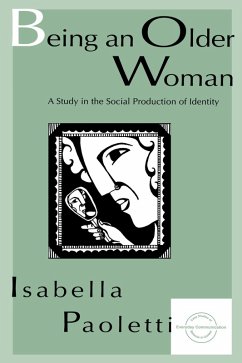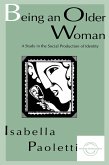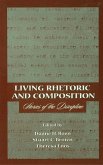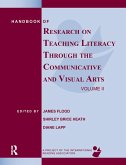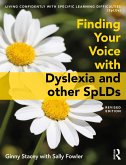The first part of the book focuses on the interactional construction of aging. It shows how "being old" is constructed conversationally, in particular, through the use of membership categories. Distancing from the category "old" and denial of aging are frequently encountered conversational moves. However, the category is perceived as acceptable, even desired and invoked, when it becomes an institutionally relevant category, giving access to interesting activities or special benefits. The second part of the book explores gender identification. Conflict among different institutional subjects is shown to fade into gender conflict. The study analyzes how institutional interventions exert a powerful influence on older women's identities, giving them new opportunities for action. It also looks at how the conversational styles, attitudes, and activities of specific women influence the features of those very institutions.
In short, this book describes the discourse and social practices that constitute older women's identities -- helping to identify and deconstruct stereotypes that tend to produce marginalization of older people. The book's existence is itself a contribution to the construction of older women as busy, lively, appealing human beings; it is the first research publication to emerge from The European Older Women's Project.
Of interest to those in any discipline studying the topics of ethnomethodology, gender, aging, and identity.
Dieser Download kann aus rechtlichen Gründen nur mit Rechnungsadresse in A, B, BG, CY, CZ, D, DK, EW, E, FIN, F, GR, HR, H, IRL, I, LT, L, LR, M, NL, PL, P, R, S, SLO, SK ausgeliefert werden.

